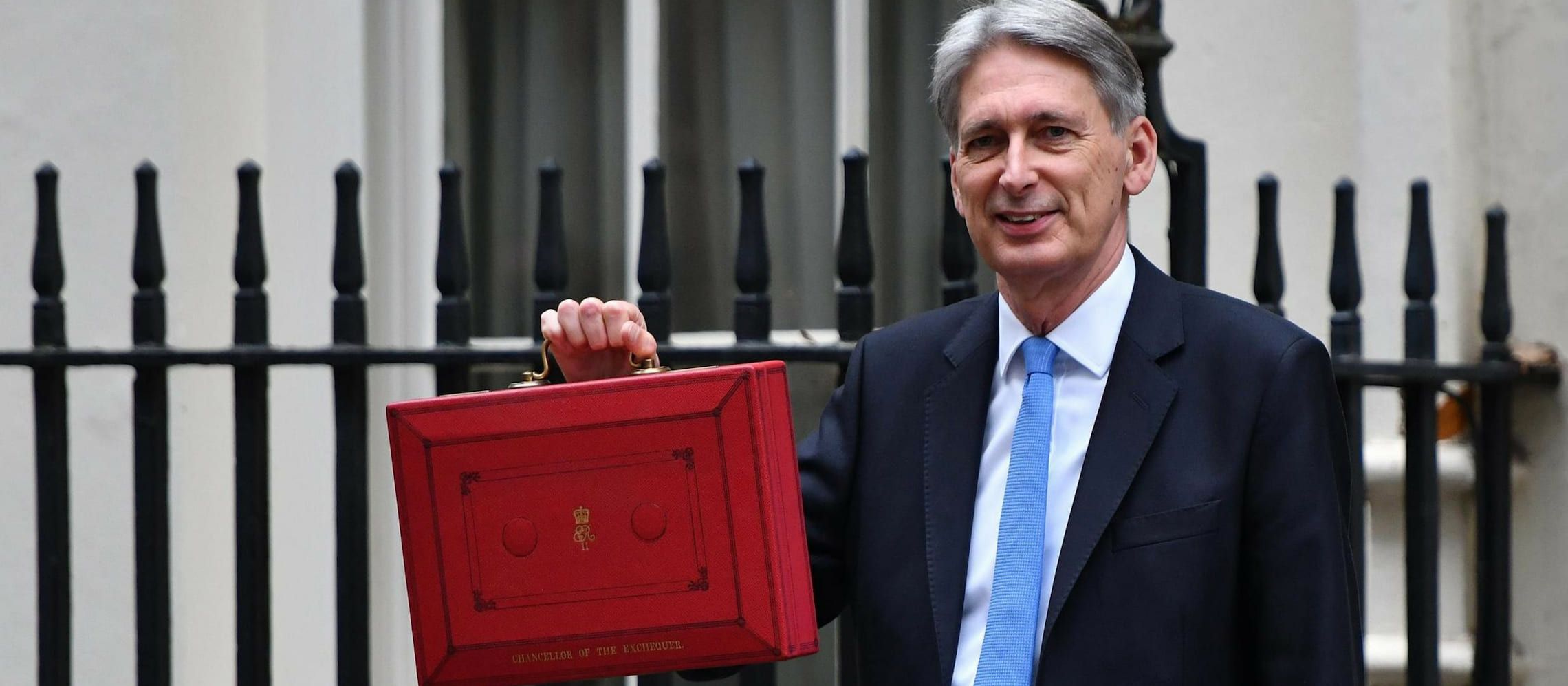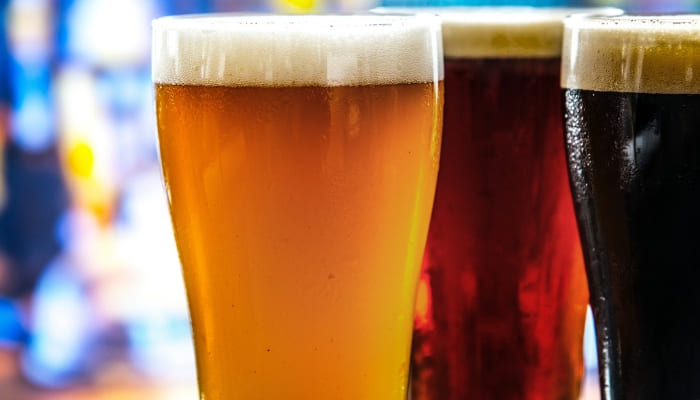Super Early Deadline
30 November 2025
Judging
Date
24 & 25 March 2026
Winners Announcement
22 April 2026
30 November 2025
24 & 25 March 2026
22 April 2026

Once again, in February 2019 excise duty has gone up and consumption has gone down since the beginning of this century: simple cause and effect? No, not really!
The reasons behind the fall in consumption are actually more complex and if you’re in the business of selling alcoholic beverages, whether in the off-trade or the HoReCa (on-trade) sector, it makes business sense to look at the figures a little more closely if you’re to work to minimise the effects of these trends on your business.
As at the beginning of 2019, the consumption of alcoholic drinks in the UK is some 16% lower than it was 10 years ago, during which time excise duty has increased by over 65% on a bottle of wine and some 50% on spirits.
Today, getting on for 60% of the £5.50 it costs to buy the average bottle of wine, and between 75% and 80% of the average bottle of gin, vodka or blended whisky is the tax. With the third highest duty rate in the EU on wine, and the 4th highest on spirits, some £11.6 billion (1.5% of all receipts by the UK Government – that’s 0.5% of national income), is expected to flow into the UK Exchequer in 2018/2019. This accounts for over 40% of all alcohol duty generated across the whole of the EU.
In economic terms, the relationship between the price and consumption of a good is measured by its price elasticity. This is often expressed as the percentage change in consumption of that good – in this case, alcoholic beverages – which results from a 1% increase in its price, all things being equal. Generally speaking, whilst conforming to the law of demand, the price of alcohol is relatively inelastic so that, whilst raising alcohol prices does indeed reduce alcohol consumption, that fall is proportionately smaller than the increase in price.
In fact, for every 1% increase in price, beer consumption goes down by between 0.33% & 0.5%, whilst wine and spirits consumption falls by around 0.66%. In overall terms, each 1% increase in price reduces alcohol consumption by just 0.5%. So, on the basis of the very considerable increases in excise rates alone, consumption should have fallen by considerably more than it has over these last number of years.

Looking at the figures in more detail, beer and cider consumption is more price elastic in the off-trade, with wine and spirits consumption more elastic in the on-trade. Spirits are more elastic than other drinks and the elasticity of wine is relatively low.
Taking gin as an example of this – it also has something to do with ‘cross-price elasticities’, that is to say, the impact of a change in the price of one product on the consumption of another – sales are now £1.6 billion, representing some 60 million bottles, up 38% (a staggering increase of over £500 million) in just a year, with the number of gin distilleries doubling over the last 5 years.
Looking at the factors at work in the fall in alcohol consumption, a combination of economic and health factors can be seen to be at play. In terms of the economy, you can’t really say that the UK market isn’t tough, with the market languishing in a continuing period of slow growth, more or less stagnating wages, rising inflation and worries about Brexit. However, in comparison to some other market sectors, the alcoholic beverages sector is considerably more robust than many.
The health factor is less easy to counter from a trade perspective, with the plethora of health recommendations emanating from the Government and NGOs. Another dynamic is the clear trend away from consuming alcohol by younger adults and growth in the number of people declaring themselves to be teetotal (now over 20% of all adults) and we’re certainly not advocating a campaign to lower the rate of teetotalism! However, the attitude of the majority is – and pretty well always has been – that having a drink takes the edge off the vicissitudes of life and can create a feel-good factor (or, if not good, then better, or certainly not-quite-so-bad) which goes some way to explaining in simple terms why the fall in consumption is less than the price elasticity model.
Of course, there’s a knock-on effect after price rises, but its effects can be mitigated by the trade and, as one can see from gin sales, the market is dynamic and the trade can take advantage of this.
At its simplest level, the price effect on consumers can be lessened somewhat by controlling how much and how quickly duty increases are passed on to the consumer. This can be achieved by buying ahead in the (almost) certain knowledge that falls in duty are akin to hen’s teeth. Whilst there’s a penalty to pay in terms of cash flow, the ability to promote the fact that you’re selling at the ‘old’ price is a pretty powerful sales message. Or it’s possible to play about with margins and, rather than a slavish adherence to a COGS margin policy, look to adopt a contribution margin philosophy where, whilst taking a lower margin per sale, the overall take and profit contribution is increased. Consumers tend to have shortish memories and a more gentle path to a new price parity, one that reflects the new tax reality, is less noticeable, during which time it’s possible to reap the sales advantage.
Reflecting the move to premium products is another way to avoid the full impact of duty rises. Because of the way duty is applied, it’s actually very much a blunt instrument with the duty rate related solely to the alcohol content and not the ‘value’ of the product to which it’s being applied (of course, the VAT take changes in line with the price of the product). This means that the more expensive a product is, the lower the proportion of its price that is excise duty. For example, an average pint of beer of 4.2% ABV attracts 54p of duty, a bottle of wine under 15% ABV £2.23 duty per 75cl (sparkling wine: £2.86) and £7.54 duty for a 70cl bottle of spirits at 37.5% ABV – no matter what the product price it sells at. Premium products are therefore somewhat ‘less sensitive’ to duty changes and such changes can effectively be wrapped (‘hidden’, if you will) in the price paid. Furthermore, the purchasing demographics mean that such premium products are more likely to be (but by no means exclusively) bought by those in higher income brackets where price may be less of an issue and who, as the figures continue to show, also come with greater consumption potential: people working in managerial and professional occupations, in addition to the highest earners, are most likely to drink alcohol every week.
Once again, the growth in gin sales is an indicator of the dynamic towards premiumisation, also driven by the interest in what’s new, what’s different, buying less-but-better, itself related to peer approbation and a strong move to home entertainment, which links to the fall in on-trade consumption (alcohol consumption in the off-trade is now twice as high as the on-trade).
How a trader (producer, supplier, wholesaler, distributor or retailer) responds to this / these dynamic(s) and stocking policy has a direct effect on how it can cope better than its competitors.
Of course, there are other tools in the marketing and sales armoury that can be brought into play: in terms of the off-trade, taking social media use as a given, developing in-store merchandising programmes, properly conceived displays, packaging and promotions, the showcasing of new arrivals, time-limited offers, store loyalty programmes, even complementary brand matching across product categories and local business tie-ups. In some senses, it’s a little easier to absorb duty increases in the on-trade where individual costs are wrapped up in the overall experience of the occasion.
The markets of gin, wine and beer suggest that increases in duty don’t necessarily damage the markets, however, don’t necessarily achieve the health benefits either. Increasing duty is a blunt government instrument that should be used less not more.
Whilst excise duty clearly has a bearing on shaping the sales and marketing of alcoholic beverages, there are other factors to consider and plenty of opportunities to counter the (fairly) narrow impact of duty rate changes themselves.
Show your spirits where it matters. Get your products tasted by top bartenders, buyers and experts at the London Competitions — enter now.